Fuels of the future
 With car manufacturers, cities and entire countries phasing out fossil fuel-powered vehicles, the world’s focus has shifted away from petrol.
Currently, 14 countries around the globe have proposed banning the sale of passenger vehicles powered by fossil fuels (petrol, gas and diesel) over the next few years.
Leading the pack is Norway, which has committed to clear their streets of all vehicles with internal combustion engines by 2025, replacing them with zero-emission vehicles. That’s less than 5 years away.
Following close behind are Sweden, Slovenia, the Netherlands and Ireland, promising to ban the sale and registration of new petrol and diesel cars by 2030.
In a spread-out, car centric country like Australia, no similar promises have been made, but a recent report by the Electric Vehicle Council showed an overwhelming increase in interest in electric vehicles.
With car manufacturers, cities and entire countries phasing out fossil fuel-powered vehicles, the world’s focus has shifted away from petrol.
Currently, 14 countries around the globe have proposed banning the sale of passenger vehicles powered by fossil fuels (petrol, gas and diesel) over the next few years.
Leading the pack is Norway, which has committed to clear their streets of all vehicles with internal combustion engines by 2025, replacing them with zero-emission vehicles. That’s less than 5 years away.
Following close behind are Sweden, Slovenia, the Netherlands and Ireland, promising to ban the sale and registration of new petrol and diesel cars by 2030.
In a spread-out, car centric country like Australia, no similar promises have been made, but a recent report by the Electric Vehicle Council showed an overwhelming increase in interest in electric vehicles.

Norway has committed to clear its streets of internal combustion engines by 2025. Image: Getty
Electricity
Electric vehicles fall into 3 categories – hybrid electric vehicles (HEVs), plug-in hybrid electric vehicles (PHEVs) and battery electric vehicles (BEVs) – depending on the way they utilise electricity.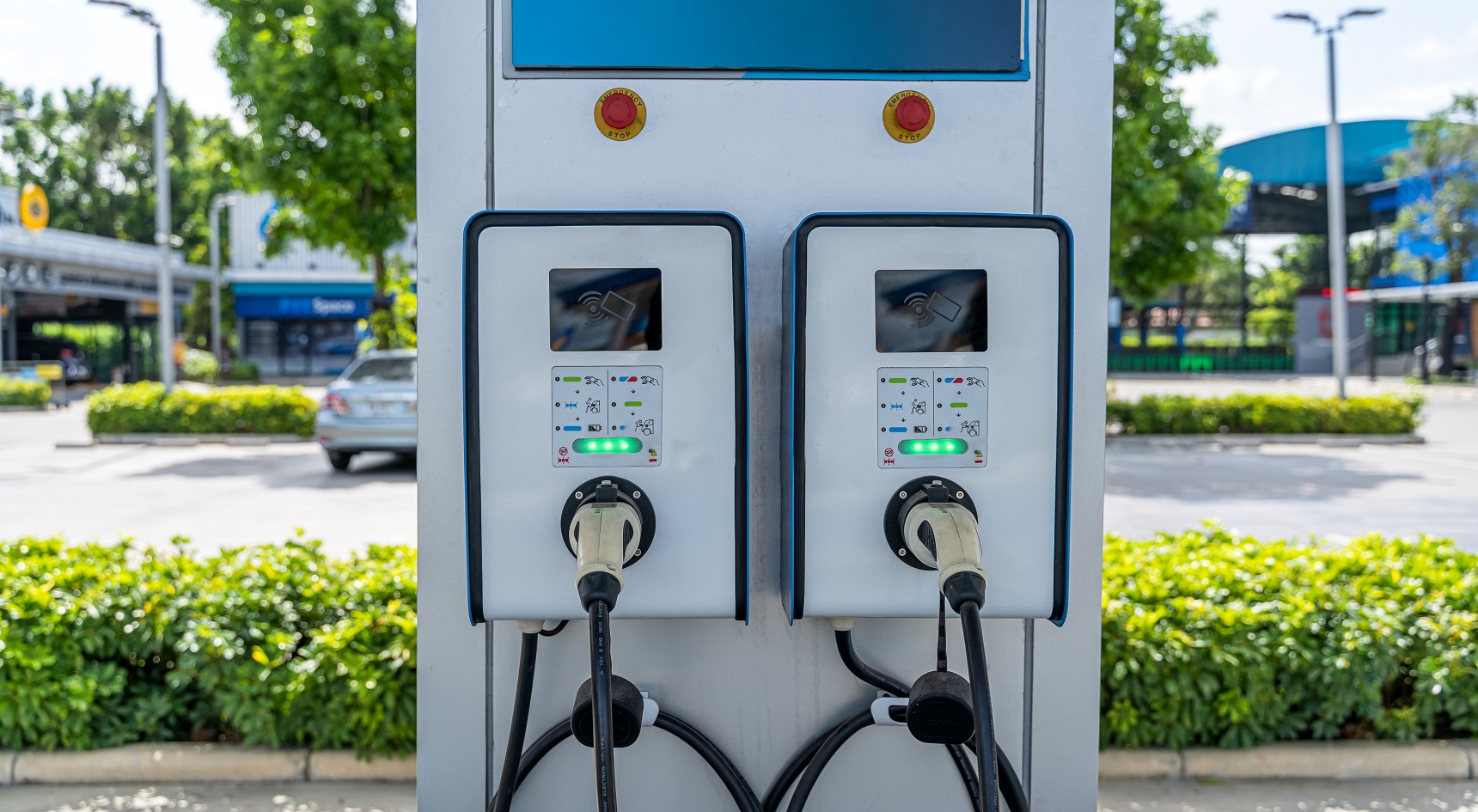
An EV charger. Image: Getty
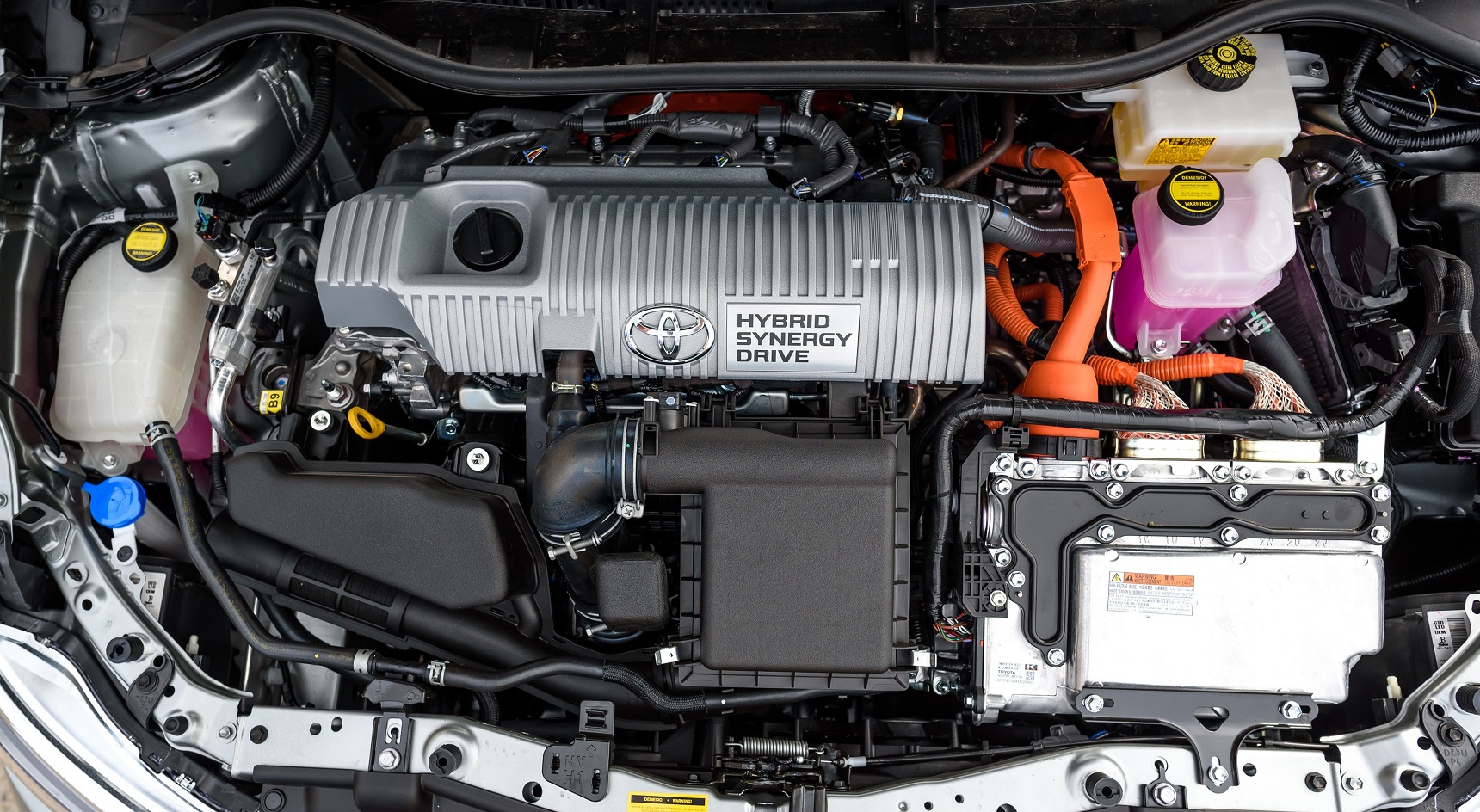
A typical hybrid engine. Image: iStock
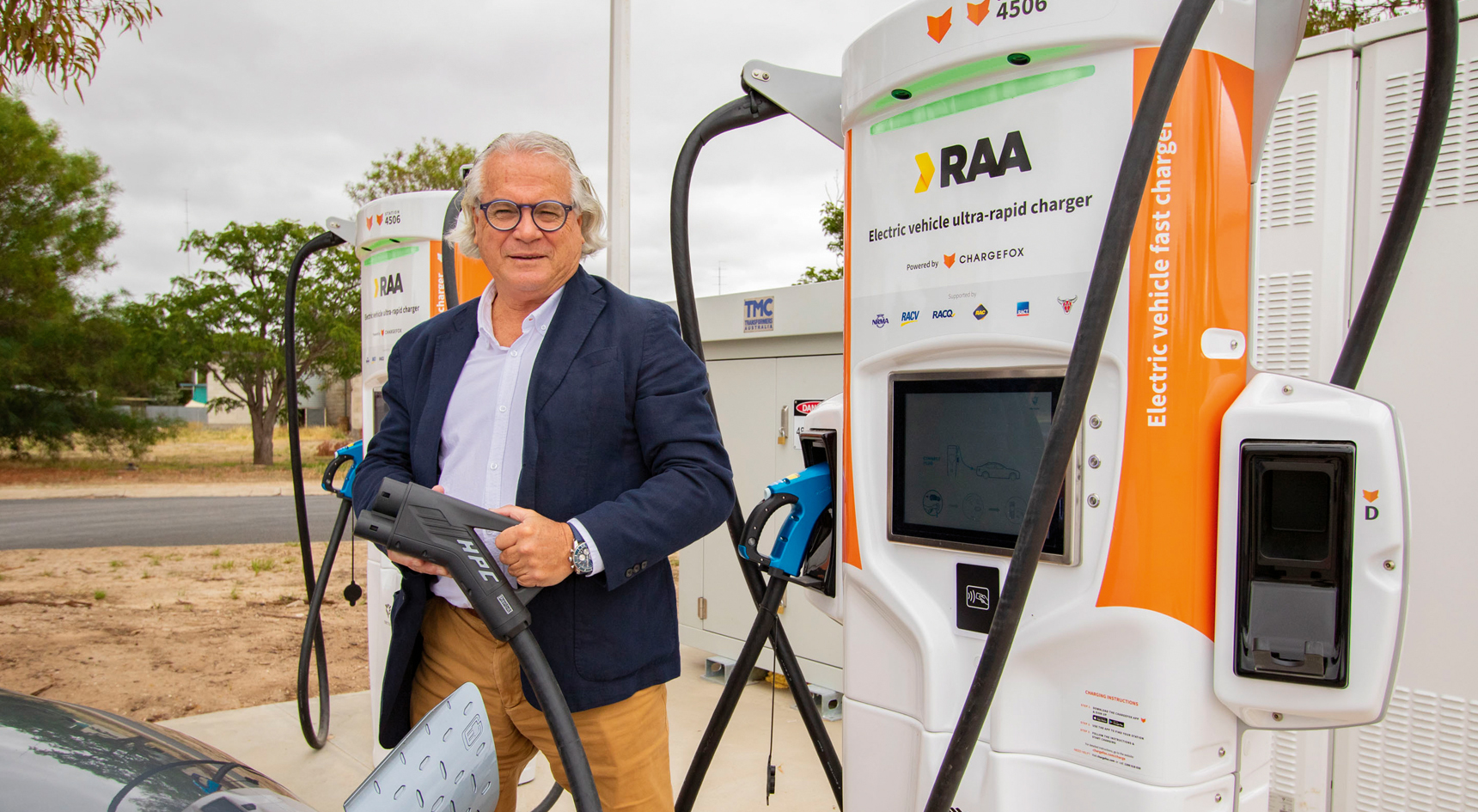
RAA’s Future Mobility Expert Mark Borlace with electric vehicle chargers in Keith. Image: RAA
Hydrogen
Hydrogen cars are EVs, but their batteries don’t need to be recharged at a power outlet. The vehicle’s tank – made of carbon-fibre – is filled with hydrogen gas at a service station bowser, much the same as a petrol-powered vehicle. The gas then mixes with oxygen from the air, in a fuel cell, to create electricity. This both drives the car and can charge the battery. As long as there’s hydrogen in the tank, the vehicle’s electric motor will continue to run. They have a similar range to a regular car, and the only exhaust that leaves the tailpipe is water vapour.
A 2015 Toyota Mirai. Image: Getty
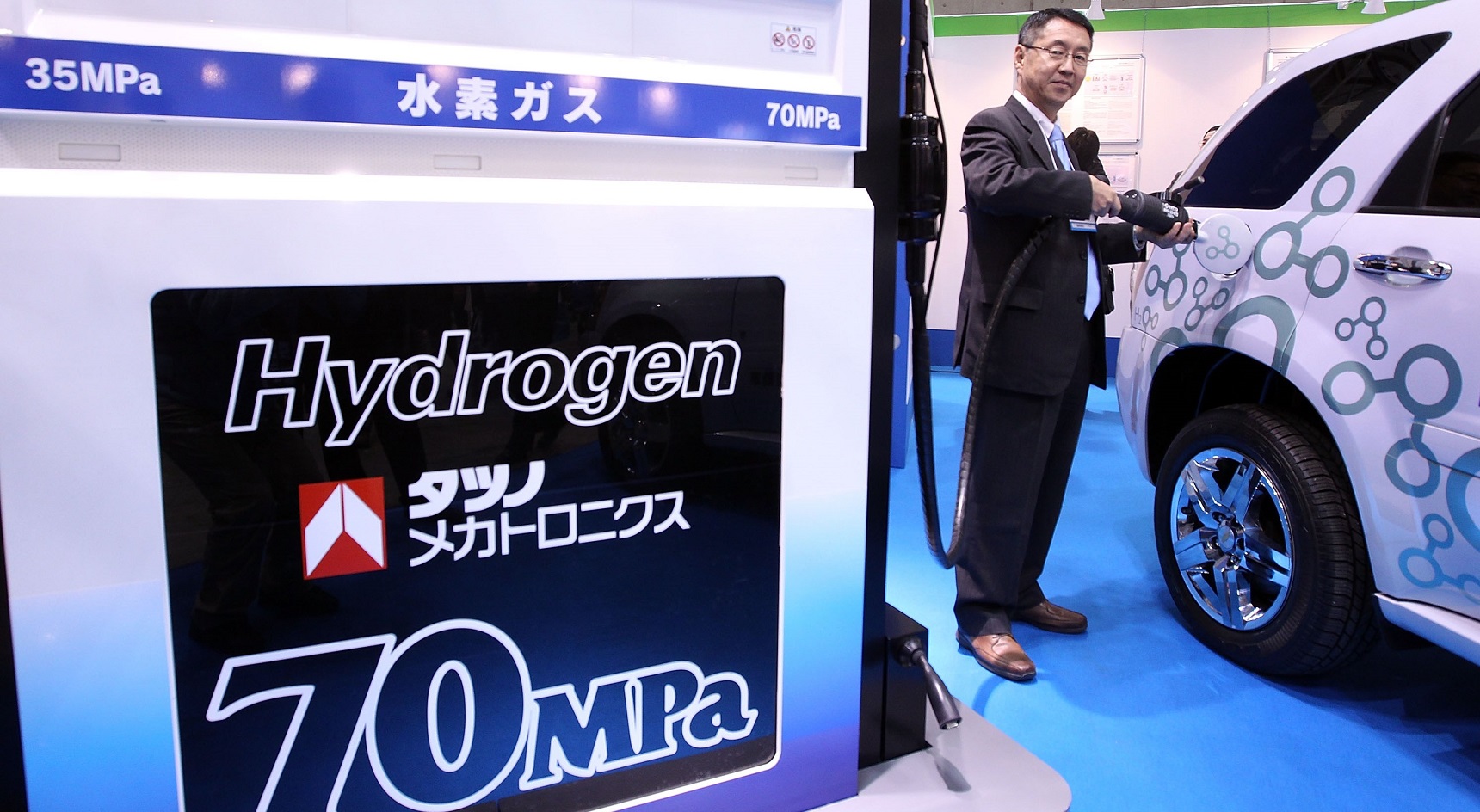
The International Hydrogen & Fuel Cell Expo in Tokyo. Image: Getty
Ethanol
E10, available at select petrol stations, is a blend of ethanol and unleaded petrol, made from renewable sources such as sugar, starch and cellulose. It’s usually slightly cheaper than 91 octane fuel and cars will emit around 7% less greenhouse gasses when using it. However, they’re not as fuel efficient. Most cars built after the year 2000 can run on E10 fuel, but it’s important to do your research before opening your fuel cap. Filling up a car with E10 that isn’t compatible could result in damage to the fuel system and catalytic converters.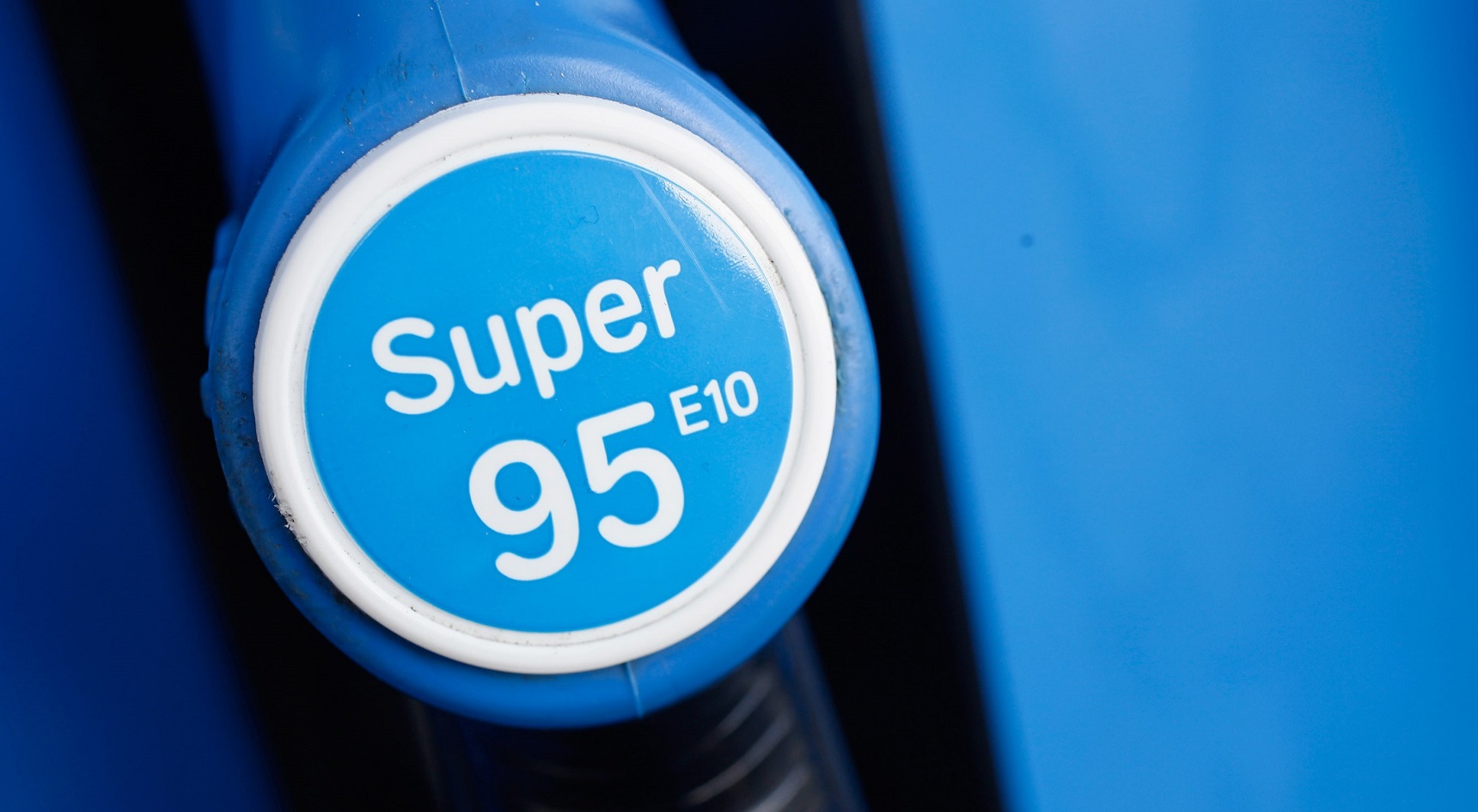
E10 fuel at a petrol station. Image: Getty

